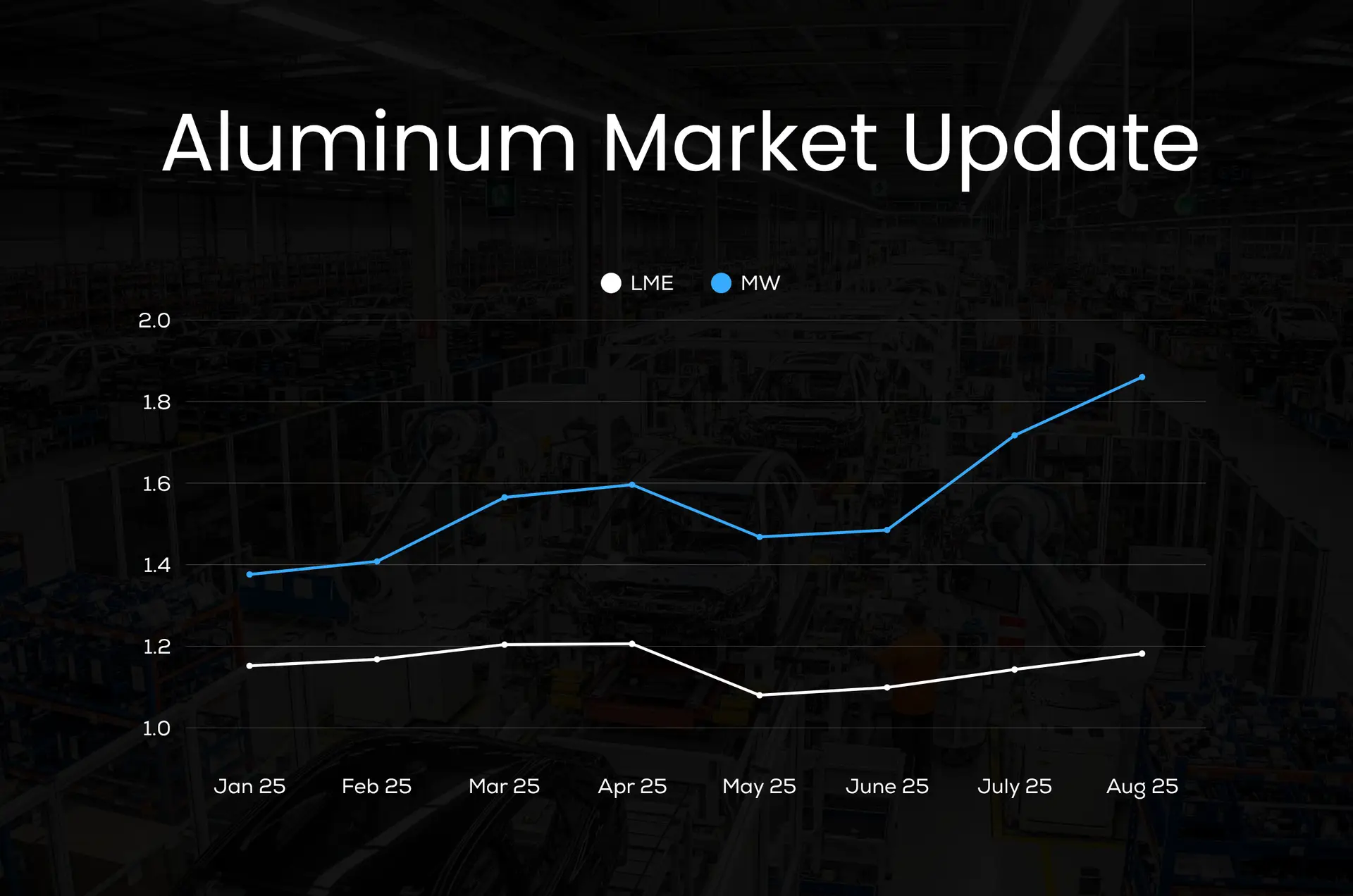Aluminum futures fell below $2,570 per metric ton ($1.166/Lb.), the lowest in ten weeks, as rising trade tensions and tariffs threaten global demand.
The US has imposed 25% tariffs on steel and aluminum from key trading partners, including Canada, Mexico, and the EU, while also imposing a 200% tariff on Russian aluminum.
Additional sectoral tariffs on autos and industrial metals are expected soon, which could disrupt supply chains and weaken demand. Meanwhile, Canada has banned imports of Russian aluminum and steel. These protectionist measures have heightened uncertainty, pressuring aluminum prices lower.
At the same time, major aluminum producers in Guinea, Australia, and China added new capacity to recover from
disruptions last year. China produced 44 million tons of aluminum in 2024, the most on
record.
Trading Economics January 20, 2025



